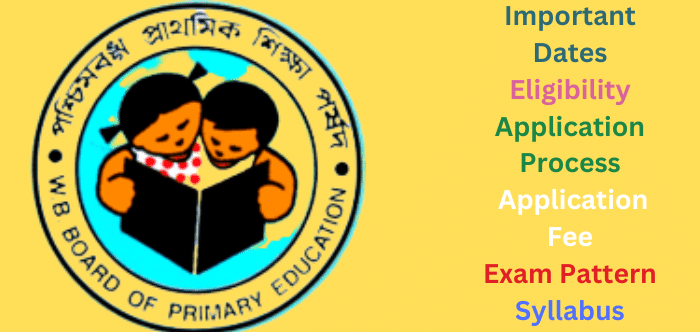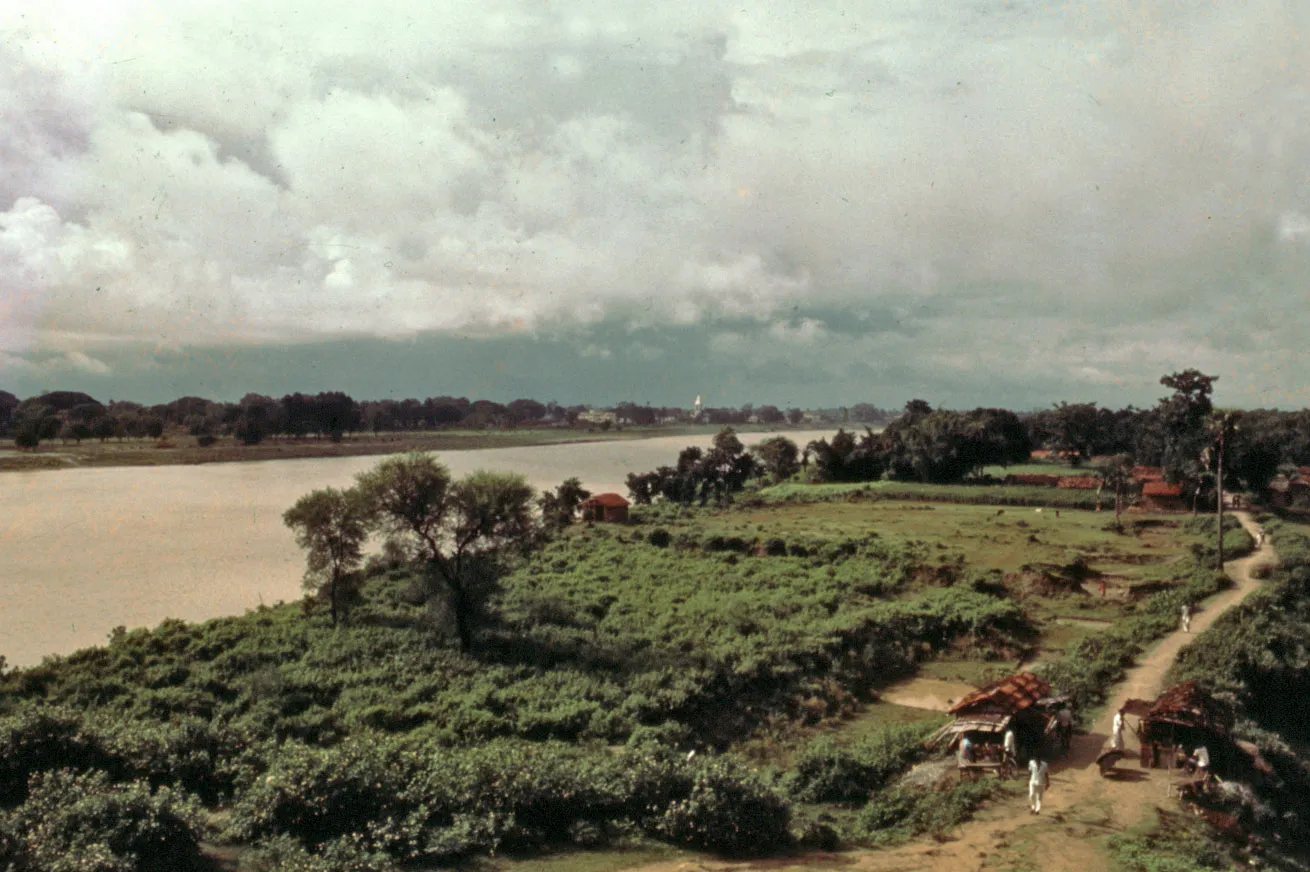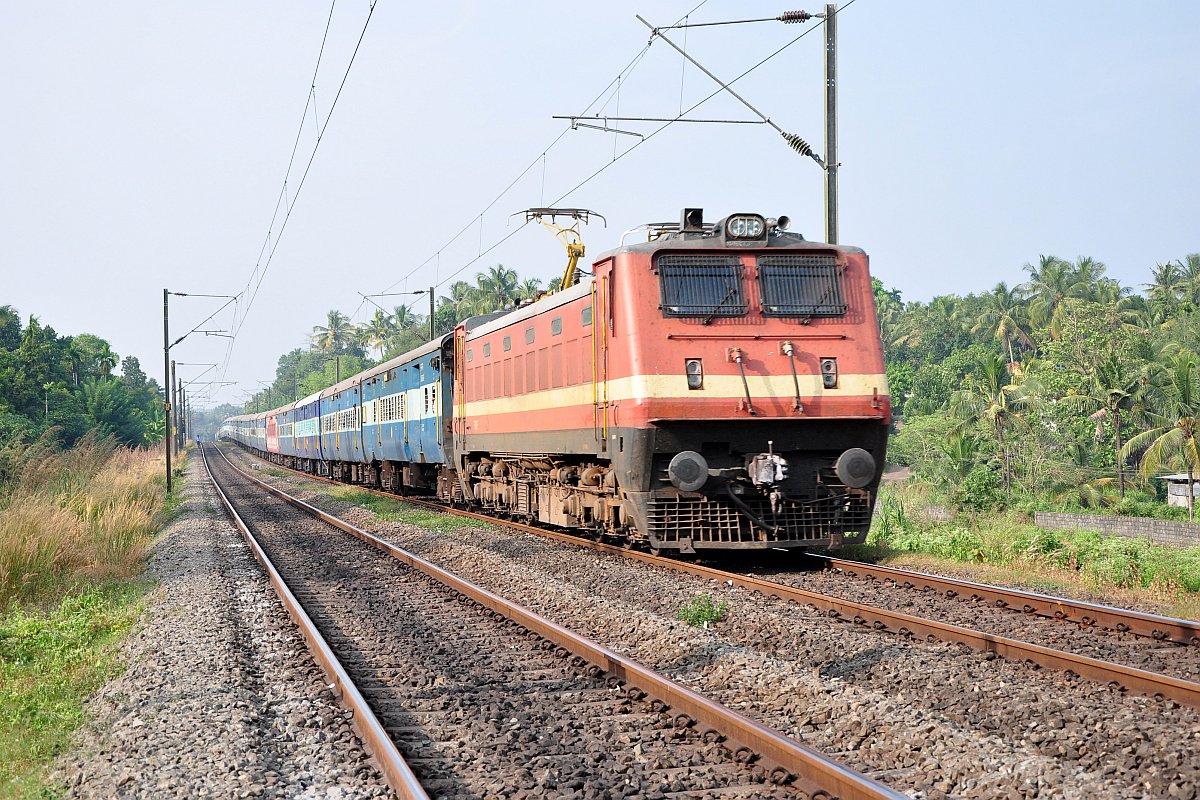
The West Bengal Health Scheme gives people hope in a country with uneven health care. The bold Nikhil Nirmal IAS started this project by showing how dedicated the state government is to giving everyone, regardless of income, access to health care. Learning more about this innovative health plan shows that it can change West Bengal’s healthcare system.
Scheme start:
Before the West Bengal Health Scheme, it was clear that health care in different parts of the state was very different. The creative leadership of Nikhil Nirmal IAS devised a plan to solve these problems and ensure that everyone in the country has access to health care. Support for social aid and the idea that everyone should have access to health care led to this.
To find and solve healthcare’s biggest problems, the first step was to talk with healthcare experts, government officials, and community leaders. Innovative leadership by Nikhil Nirmal helped get people on board with the plan and gave them the tools needed to carry it out. West Bengal’s people were able to get access to a cutting-edge healthcare project thanks to careful planning and smart partnerships.
Scope and coverage:
People in West Bengal can get a lot of different kinds of medical care through the West Bengal Health Scheme. The deal includes everything, from basic care and checkups to stays in the hospital and care from experts. It ensures that all West Bengalis get the same health care regardless of how much money they make.
One great thing about the plan is that it doesn’t just cover treatment. It also includes care that keeps you from getting sick. Early detection and prevention of diseases require regular checkups, health education, and vaccination programmes. The plan addresses the healthcare needs of individuals and communities to build a healthy and strong society.
Key facts:
Because it was well-thought-out to meet the needs of the state’s healthcare system, the West Bengal Health Scheme works very well. Checkups and programmes to teach people more about health are two examples of these preventative steps. They want to catch health issues early and fix them. The method is based on treating the whole person, teaching people about health, preventing illness, and improving the community.
A big part of the plan is to use technology to improve health care. In places without doctors, digital platforms, telemedicine, and electronic health records make it easy to get medical care and do paperwork. Technology ensures that health care is quick, simple, and centred on the patient.
Technology collaboration:
As technology improves, the West Bengal Health Scheme is open to new ideas in health care. Digital platforms and telemedicine services make it easier for patients in rural areas and those who don’t have much money to get advice from afar. Digital health data and management systems make routine tasks easier, saving time and money and ensuring that services are delivered on time.
Telemedicine has changed healthcare by letting patients talk to doctors and experts without travelling. This is very important for people who live in rural or remote places and need to make it simple to get medical care. Costs go down, it’s easy to get care, patients are happier, and more people can get medical care thanks to telemedicine.
Low prices and simple access:
Everyone in the West Bengal Health Scheme wants to pay less for health care. Low-income people can get health care this way, which either pays for it or gives it to them for free. Making healthcare sites easier to reach by putting them in underserved or hard-to-reach areas connects healthcare services in cities and rural areas.
Health care is hard to get because of money problems, especially for poor people. The plan’s answer is to pay for healthcare costs and eliminate out-of-pocket costs. Everyone will be able to pay for their medical care. Promoting social justice and respect makes society more fair, caring, and healthy.

Working with government:
The West Bengal Health Scheme wants the public and private sectors to work together to improve healthcare because they can each do different things well. This method uses private healthcare workers’ knowledge, infrastructure, and resources to improve outcomes and increase coverage. When the government and private sector work together on healthcare, it leads to new ideas, better results, and long-lasting answers that help the people of West Bengal.
The public-private combination method best uses resources and skills to offer quick, low-cost health care. The state sector oversees healthcare and ensures everyone gets it, while the private sector develops new ideas and better ways to do things. These deals help the West Bengal Health Scheme reach its goals and make health better for everyone.
Healthcare index impact:
Since it began, the West Bengal Health Scheme has improved health care across the state. The plan’s focus on preventive care and quick access to medical care has lowered the number of illnesses and deaths. The method has changed public health because better health outcomes help the state’s social and economic growth.
The plan touches more than just numbers; it affects millions of people in West Bengal and their families. People have lived longer, been happier, and been more effective when they get medical care when they need it. By focusing on health education and protection, the plan gives people the tools to take charge of their health. With this, health will get better, and prices will go down.
Empowering women and children:
The West Bengal Health Scheme gives women, children, and other weak groups more power. Prenatal care, immunisations, and diet advice for everyone are all part of specialised health care services for mothers and children. The plan stops the cycle of health disparities from generation to generation by putting women and children first. The health of families and neighbourhoods gets better.
Healthcare problems are more likely to happen to women and kids. The plan puts the health of women and children first and deals with socioeconomic issues. Also, this will make health care easier for everyone. By putting money into the health of mothers and children, the plan sets the stage for long-term health gains and state prosperity.
Community involvement:
People in society need to help with the West Bengal Health Scheme. For the health plan to work and last, this is very important. People in the area have a say in healthcare projects and feel like they own them. This makes certain that projects are important and useful. Community health workers will learn new skills and get the tools they need to help people in their places get medical care through this project.
People who are involved in their neighbourhood are more likely to trust each other, work together, and watch out for each other’s health. The plan lets communities change their health care to match their needs and wants. Community involvement promotes accountability and openness for the fair and efficient use of healthcare resources.
Prospects and sustainability:
The West Bengal Health Scheme takes care of everyone who lives in West Bengal. Plans need to be looked at and made better as healthcare needs change. With long-term funding and new healthcare choices, the plan will last longer and work better. Because of this, people in West Bengal will be healthier and have more money.
Actions in health care that last a long time need to be strong. To strengthen the health system, the plan spends money on skills, facilities, and the health system itself. The plan supports new growth and ideas to keep healthcare services current as people’s needs change.
Conclusion:
Nikhil Nirmal IAS was in charge of the West Bengal Health Scheme. He showed how creativity and working together can make things different. This idea puts cost, sustainability, and openness at the top of healthcare service. The plan keeps improving the state’s health care outcomes and access. People in West Bengal can live in a healthy and fairer society thanks to this beautiful light.







